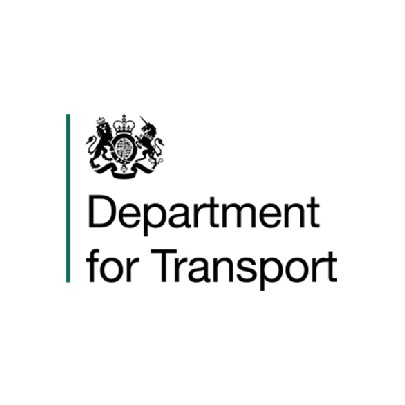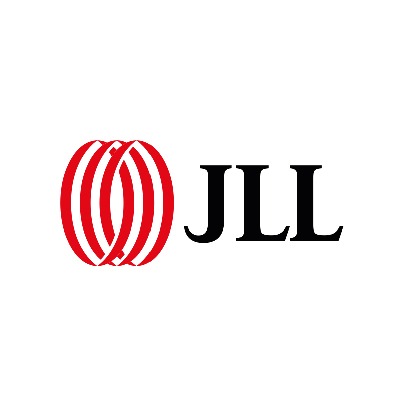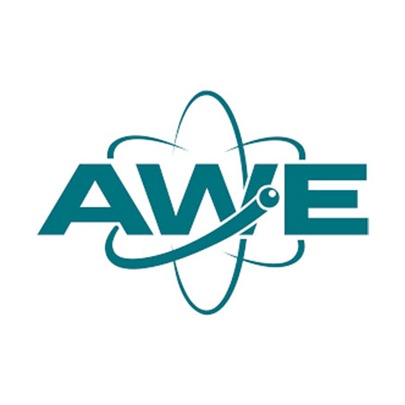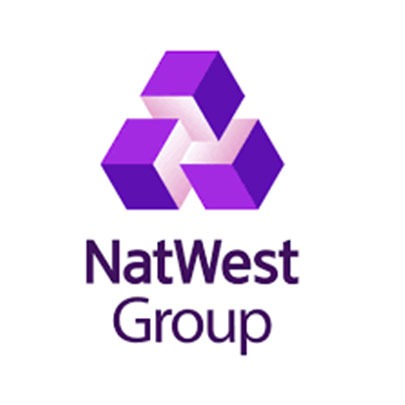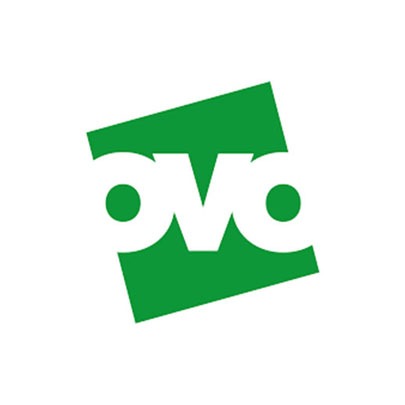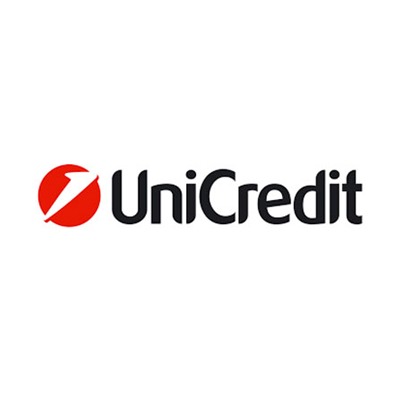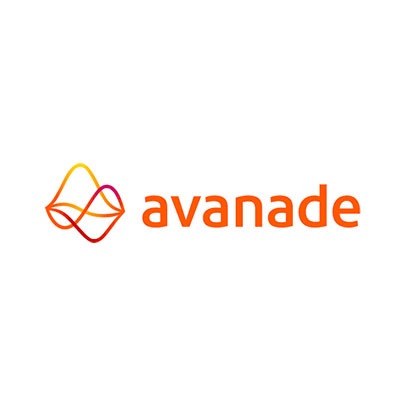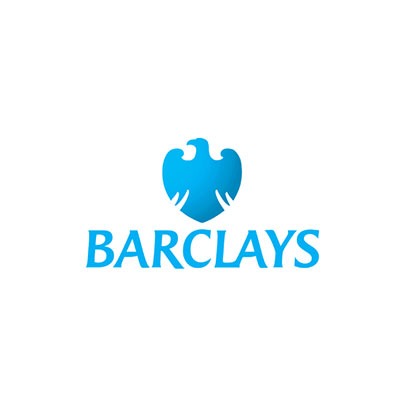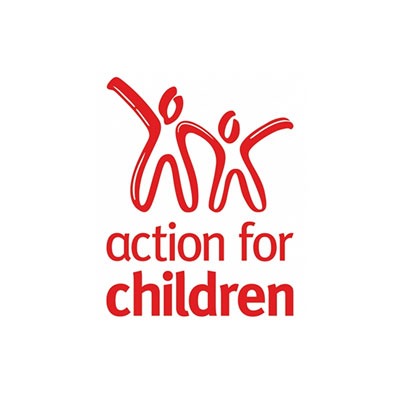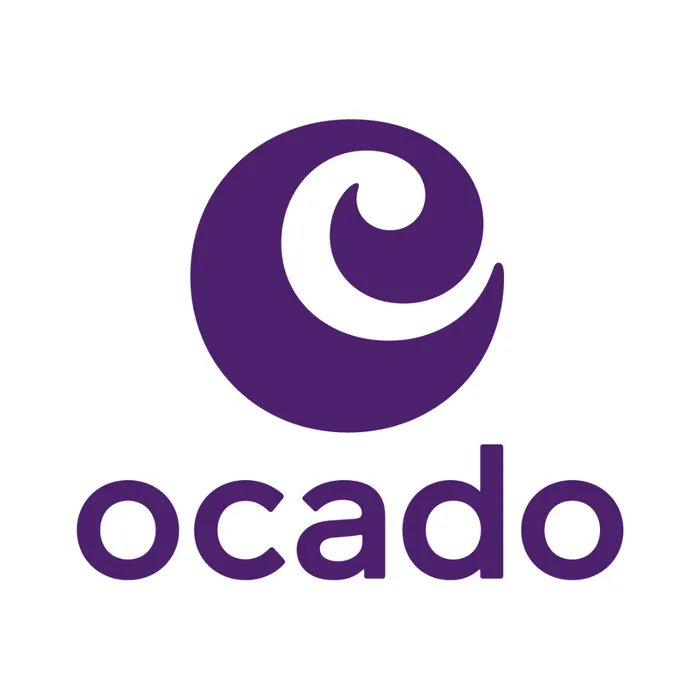When you ask global EDI professionals about the journey to inclusion, you are most likely to hear a different answer depending on where the EDI programs are being deployed. In fact, variations on goals, maturity, level of engagement; or more importantly, priorities are very evident as you shift your lenses between locations, industries, or even the types of networks you are working with.
As the world starts to recognize the importance of inclusion as evident in the recent trend of publishing of Environmental, Social, and Governance (ESG) reports, there is global pressure to accelerate progress in how underrepresented minorities are given opportunities to thrive and grow in spaces where they are otherwise overlooked.
Asia Pacific, in particular, has been following suit as you notice a large increase in the number of open positions for EDI professionals across different industries – and with these expertise come the expectation of creating overarching strategies for building communities or networks. Companies are slowly starting to gain insight on the business value of networks and how it affects the bottomline; but progress has been relatively slow, specially for local companies, because in Asia Pacific, there are several factors to consider in building your EDI strategy. Factors such as political climate, local law, cultural uniqueness, or even language play major roles in how successful a strategy would become. Integrating EDI principles into an organization is essentially Culture Change – which is a feat on its own, but this is where Employee Resource Groups (ERG) come in. While regions and communities are unique in their priorities and how these needs are addressed, ERGs and their voices are very helpful in making sure you are going in the right direction as they have the lived experiences you need to build an effective strategy.
Here are a few things to consider in implementing effective ERGs in Asia Pacific:
1. Challenge your values
Challenging your values, whether it is at an individual or an organizational level, is very important in shaping how to approach your goals. If your values do not coincide with the general population you are working with, then it creates conflict that can sometimes feel impossible to solve. An example is having and publishing values that pertain to being direct, speaking up, or challenging the status quo – these are values that may not be naturally intuitive for all communities and can therefore cause tension and anxiety as you start working on projects, programs, events, or campaigns. It is good practice, then, to constantly check in and see if your values reflect how you want to engage and build relationships with your ERGs.
2. Listen to your ERGs
If you don’t have ERGs yet, it is best to conduct one-on-one interviews or focus group discussions with employees of diverse identities, backgrounds, and experiences. An effective EDI strategy that is accelerated by ERGs is one that is supported by employees who are accountable. By involving your employees and teams on the onset (in true Agile fashion), you are already building accountability and commitment such that employees will want to see their ideas and advocacy come to fruition. This also makes sure that as an organization, you are addressing the right challenges that will impact your employees.
3. Do your research on local climate (not in the weather sense)
Unfortunately, global programs or events aren’t like templates you can lift and shift into different countries or regions. While there may be global initiatives which can help you save time and not start from scratch, there is a significant effort in the need to localize these initiatives because there are cultural nuances that will influence the approach you need to take. A good example is language. While English is universal, there are countries and cultures without direct translations of words and concepts typically discussed in EDI education. Experiences are also different. In some cultures saving face, family, and job security are very important and these constructs will play a huge part in the way you need to strategize engagement for your women, LGBTQ+, PwD, and other ERGs.
4. Collaborate with local organizations
What we want people to learn in creating a safe space where people belong is that they are not alone in solving their challenges. This is true for organizations in different scales – small, medium, or large. The reality is that most organizations may not know the all the answers and may not have all the experience in the world to solve community–based or diversity-focused problems, but what we often forget is that there may already be organizations solely focused on these priorities. Partnering with non-government or civil society organizations will help accelerate your journey because they have a wealth of resources, experience, and network to be able to help you move in the right direction.
Implementing strategies in Asia Pacific can be unique and challenging, but with the right tools and passionate people, it can be the most enriching experience you can have.































